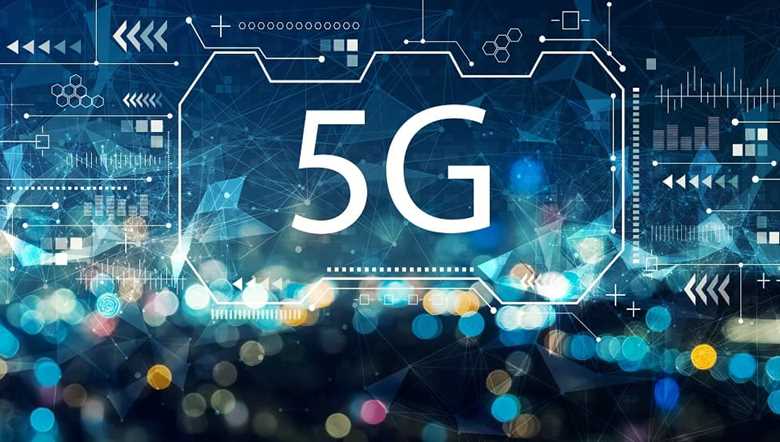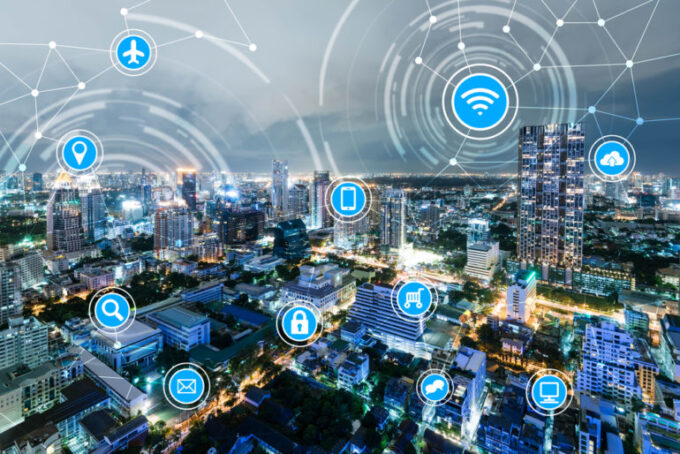The fifth generation of mobile technology is just behind the corner, waiting for its turn to take over the world. Considering that each generation was an improvement of the previous one, we cannot wait to see how 5G will change our lives.
The necessity is pretty obvious, considering the fact that nowadays, we live online and use multiple devices constantly. But, what is 5G exactly, and more importantly, how does it differ from 4G? Well, in this article, we will provide you with some answers.
What is 5G?

Source: capacitymedia.com
As already stated, 5G is the latest upgrade of mobile technology built upon its predecessor – 4G-LTE. Naturally, as it is to be expected, 5G will offer us new opportunities. It will not only affect our everyday life and take businesses and industries to the next level.
The first feature is that it uses a higher radio frequency – 28 GHz. When it comes to the 4G network, this number goes up to 2500 MHz. Next, this technology uses a millimeter wave spectrum, which will enable us to use more devices in the same geographical area. Right now, 4G is limited to 4000 devices per square kilometer, but 5G should increase this number up to one million. It’s breath-taking, right?
Finally, 5G uses the Massive MIMO (multiple input/multiple output) technology. It is already used for Wi-Fi and previous mobile technologies, but 5G New Radio will take it to the next level. The main goal is to increase network capacity and coverage. In addition, it will also enable users to receive and send data using the same channels.
Speed
The main feature of 5G that people are excited about is the increase in speed. This is natural since each new generation has enabled us to transfer data faster than the previous one. So what is the difference when compared to 4G?
Theoretically speaking, 4G can reach the speed of 100 Mbps, while the real number available to us is around 35 Mbps. However, it is expected that this new network will be a hundred times faster. It means that, in theory, the speed will be 20 Gbps. When it comes to the real world, we are talking about the increase from 50 Mbps to 3 Gbps.
Still, keep in mind that there are three ranges of 5G – low-band, which is slightly faster than the current 4G (600 – 850 MHz), mid-band that works between 2.5-3.7 GHz and offer the speed between 100 – 900 Mbps, and high-band that, according to the latest research, can go up to 3 Gbps.
Coverage

Source: infoguardsecurity.com
You might be surprised by this fact since the 4G network has been around for a decade, but there are still some areas around the world that have poor or non-existing coverage. Despite this fact, 4G is currently still a winner. Why? Well, simply put, 5G technology is still developing. What this means is that it is only available in a small number of cities. What’s more, it is limited even in these areas. It will take several years for 5G to achieve the current network’s coverage.
Latency
The next thing that people are interested in is the time required to transfer data between two points. This current delay in the 4G network is around 200 milliseconds. It is impressive on its own, but it is expected that 5G technology will decrease this delay to a single millisecond. What this improvement will do is that it will enable us to create new devices and services, such as top-notch self-driving vehicles that will operate by enabling AI and the 5G network to make real-time decisions.
Security

Source: insidetelecom.com
Taking into consideration the above-mentioned improvement, we will, unfortunately, put ourselves in danger when it comes to cybercriminals. This means that the security of this network needs to be increased to protect our personal data. If you want to learn more about potential challenges that we will face, as well as possible solutions suggested by ZTE 5G, visit trustandinnovation.economist.com.
Right now, the EU is working on developing the ePrivacy Regulation (ePR) following its General Data Protection Regulation (GDPR) that was implemented in 2018. The GDPR determines how people’s personal information will be collected and processed, while ePR will focus on individual’s privacy in relation to electronic communication. Even though the ePrivacy Regulation was supposed to be adopted together with the GDPR back in 2018, this still hasn’t happened.
Bandwidth
The increase of capacity is another benefit that 5G technology is expected to provide us. Simply put, the new technology will use the available spectrum more efficiently. Don’t forget that 5G has three different bands (low, medium, and high-band), so each one of these will be used for specific purposes, which will greatly boost the available capacity.
Simply put, today’s infrastructure is not powerful enough to support all the devices that are connected to 3G and 4G networks. This is when 5G comes in. Besides supporting the existing technology, it will also open doors to creating new devices and applications.
How will it affect businesses and industry?

Source: bizjournals.com
Okay, we have discussed some of its improvement when it comes to our everyday life and electronic communication, but now, we have reached the big question. How will it affect our business world? It is expected that this network will create new opportunities by connecting machines and people. We have already mentioned those self-driving cars operated by AI, but can you imagine what it can do in medicine, manufacturing, and other industries?
Basically, it will enable us to complete complex tasks remotely. The development of truly haptic applications will provide people with an opportunity to experience tactile sensation via a machine, even though they are miles away. The latency and bandwidth feature of 5G technology will also play an important role and provide us with numerous benefits. You can learn about some examples on the ZTE website.
Wrapping up
To sum up, in this article, we have discussed some features of the 5G network that are expected to change our lives for the better. Still, keep in mind that there is still a lot of work to be done, so we won’t enjoy any of these benefits for at least a few more years.







